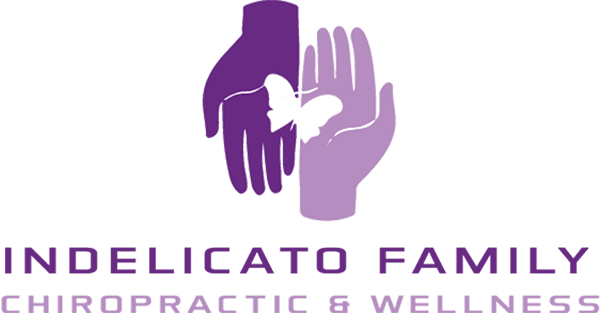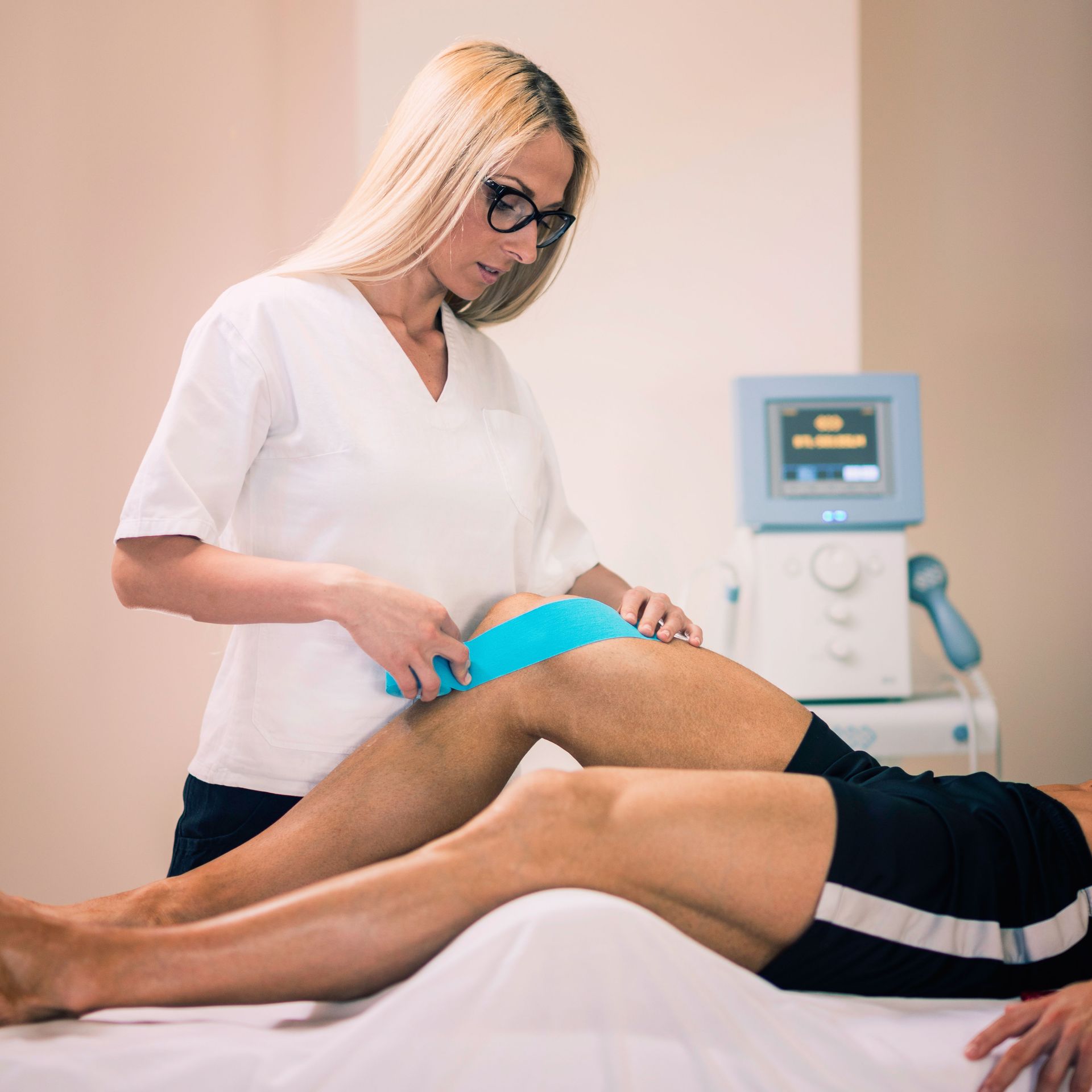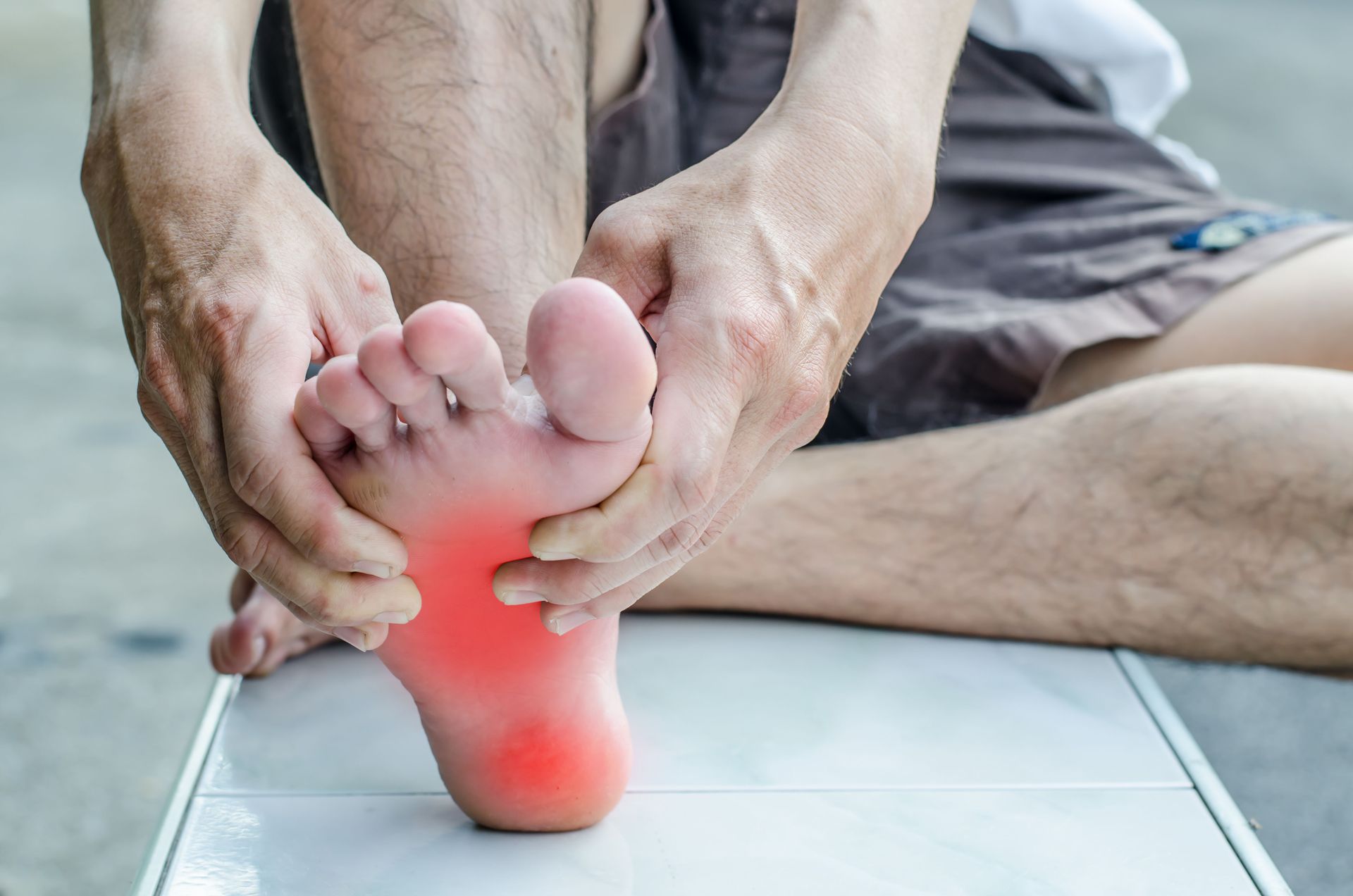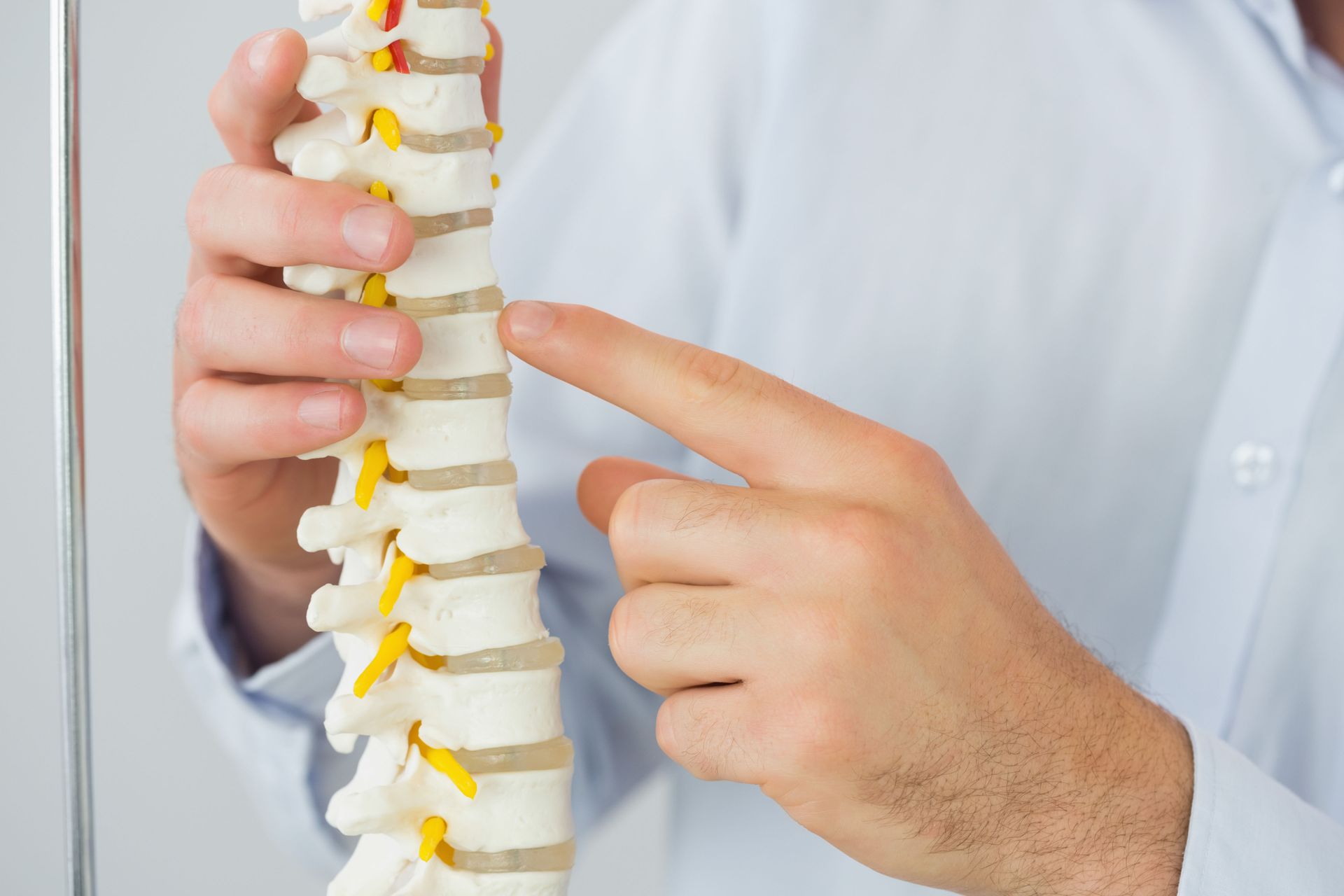How Should I Sit at My Desk or Sleep to Protect My Spine?
Highlights:
- Proper desk posture reduces spinal stress and lowers the risk of chronic pain.
- Ergonomic adjustments can dramatically improve comfort during long hours of sitting.
- Sleep position and mattress choice are critical for spinal alignment and overall health.
- Chiropractic care can complement healthy posture habits for lasting relief.
- Residents of Bradenton, FL can find expert help at Indelicato Family Chiropractic.
Why Desk and Sleep Posture Matters
Sitting for extended periods and poor sleep posture are two of the most overlooked causes of chronic spine issues. Improper alignment during work or sleep can lead to neck stiffness, back pain, and even pinched nerves. Over time, these habits can also contribute to herniated discs and other degenerative spine conditions. Protecting your spine doesn’t require drastic changes—it starts with conscious positioning and consistency. People working from home or in offices should pay special attention to their setup. Likewise, nighttime habits matter just as much as daytime posture when it comes to spinal health
.
Best Way to Sit at a Desk
When seated, your back should be straight, shoulders relaxed, and feet flat on the floor. Your knees should be level with or slightly lower than your hips. Avoid slouching or leaning forward, which strains the lumbar spine. According to the Centers for Disease Control and Prevention (CDC), ergonomic chairs that support the natural curve of your spine can significantly reduce work-related discomfort. Additionally, your computer monitor should be at eye level to avoid neck strain. Small adjustments can help you maintain a neutral spine throughout the workday.
Setting Up an Ergonomic Workstation
Creating a spine-friendly workstation starts with your chair and desk height. Choose a chair with adjustable lumbar support and armrests. Your elbows should form a 90-degree angle when typing, with wrists in a neutral position. Desk accessories like a footrest, laptop riser, or standing desk converter can also help. According to Mayo Clinic, proper screen placement and keyboard positioning prevent slouching and repetitive strain injuries. Even small habits like taking hourly breaks to stretch or walk can make a difference in maintaining spinal health during long shifts.
How long can I safely sit at my desk?
Experts recommend standing or walking every 30 to 60 minutes to reduce pressure on your spine.
Is a standing desk better than sitting all day?
Alternating between sitting and standing provides the best spinal support and reduces fatigue.
What if I don't have an ergonomic chair?
Use a cushion or towel for lumbar support and adjust your seating position regularly.
Sleep Position and Spinal Alignment
Just like sitting, your sleep posture affects spinal alignment and can either relieve or worsen back pain. The best position for spinal health is sleeping on your back with a pillow under your knees, which supports the natural curve of your spine. Side sleeping is also acceptable if your knees are slightly bent and a pillow is placed between them. Avoid stomach sleeping—it puts strain on the neck and lower back. According to Sleep Foundation, using the right mattress and pillow also plays a key role in maintaining healthy spinal alignment overnight.
Choosing the Right Mattress and Pillow
Mattresses that are too soft or too firm can disrupt spinal alignment. Aim for a medium-firm mattress that supports the body's natural curves. Your pillow should keep your head level with your spine—too high or low, and your neck suffers. Side sleepers should opt for a thicker pillow, while back sleepers need moderate loft. If you often wake up with pain, it may be time to replace your sleep setup. A supportive sleeping surface can reduce tossing and turning, allowing your spine to rest in a neutral position and recover from daily stress.
Nighttime Habits That Improve Spinal Health
In addition to position and bedding, nighttime habits can affect your spine. Avoid using smartphones or tablets while lying down, as craning your neck can lead to stiffness or "tech neck." Stretching before bed can ease tight muscles, promoting better sleep and spinal support. Try sleeping in a dark, quiet room and avoiding caffeine late in the day to encourage restorative rest. Quality sleep helps the spine and its surrounding tissues heal. Bradenton, FL residents looking for professional guidance can benefit from chiropractic evaluations at Indelicato Family Chiropractic to
tailor habits to their spinal needs.
What’s the best sleeping position for lower back pain?
Back sleeping with a pillow under the knees or side sleeping with a pillow between the knees is ideal.
How often should I replace my mattress?
Every 7–10 years, depending on wear and your comfort level.
Is it bad to sleep without a pillow?
Only if it causes your neck to rest at an unnatural angle. Some people benefit from no pillow if they sleep on their back.
When to Seek Professional Support
If pain persists despite ergonomic adjustments and healthy habits, it may be time to consult a professional. Chiropractors are trained to assess spinal alignment and provide targeted treatments like spinal adjustments, soft tissue therapy, and posture counseling. They can identify underlying issues contributing to your discomfort and develop a personalized care plan. For those in Bradenton, FL, Indelicato Family Chiropractic offers expert evaluations and spinal health programs to support long-term wellness. Regular chiropractic visits can not only relieve pain but also reinforce posture strategies for both daytime and nighttime routines.
Spinal Health Beyond Work and Sleep
Daily activities such as driving, carrying bags, or even lounging on the couch can impact your spine. Carrying items evenly across the body, stretching regularly, and practicing core-strengthening exercises are all ways to reduce unnecessary pressure. Keep in mind that your spine is supported by muscles, ligaments, and discs that need care just like any other part of your body. A whole-body approach that includes mindful movement, healthy sleep, and ergonomic design will go far in protecting your spine over the long term.
Maintaining Consistency and Awareness
Building better posture habits requires consistency and self-awareness. Set reminders to check your posture throughout the day or use apps and wearable devices that alert you to slouching. Documenting your symptoms and what triggers them can help uncover patterns. Consider talking to a chiropractor to ensure your spine is functioning optimally. By integrating small, conscious changes into your work and sleep habits, you can make a big impact on your spinal health and overall quality of life. Long-term spinal protection starts with proactive and informed choices every day.
Can poor posture really cause long-term damage?
Yes, over time it can lead to chronic pain, disc issues, and nerve compression.
Are posture correctors helpful?
They may assist short term but should be combined with strengthening exercises for lasting results.
Is chiropractic care only for back pain?
No, it also addresses neck pain, posture correction, joint mobility, and nervous system health.
Protecting your spine starts with daily choices—how you sit, how you sleep, and how you move. Incorporating ergonomic practices at your desk and adopting sleep positions that support spinal alignment can drastically reduce discomfort and prevent long-term issues. While these strategies may seem small, their cumulative effect is powerful. For those in Bradenton, FL, professional guidance from Indelicato Family Chiropractic can help you fine-tune these habits and maintain a healthy, pain-free spine. Prioritize your posture, listen to your body, and take proactive steps today to ensure a stronger, more supported tomorrow.












Share On: